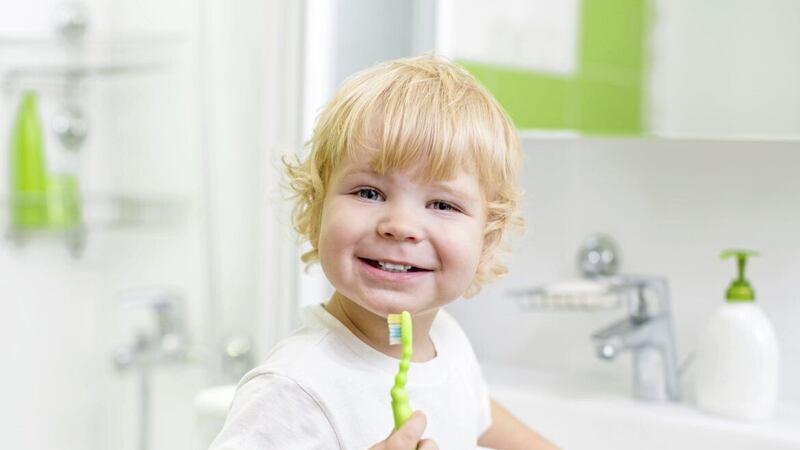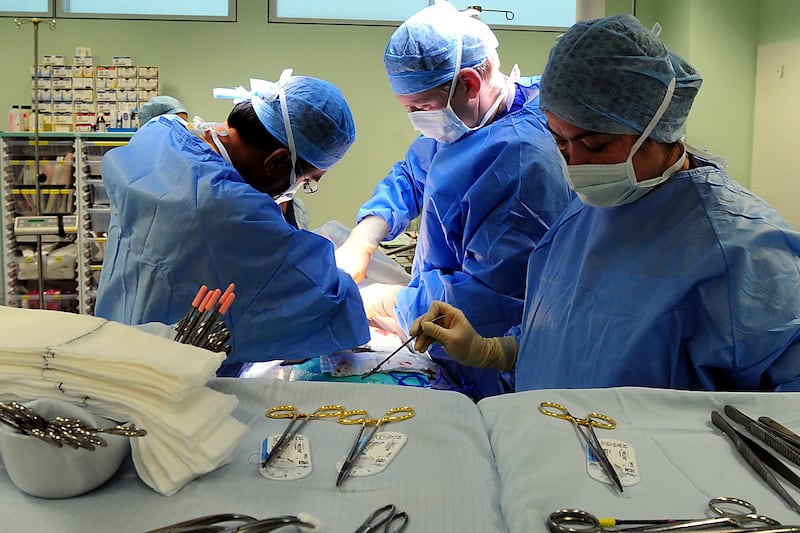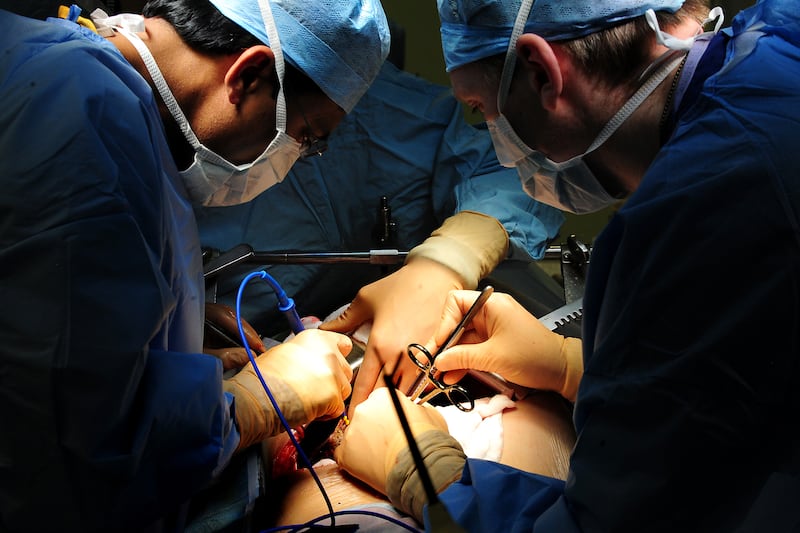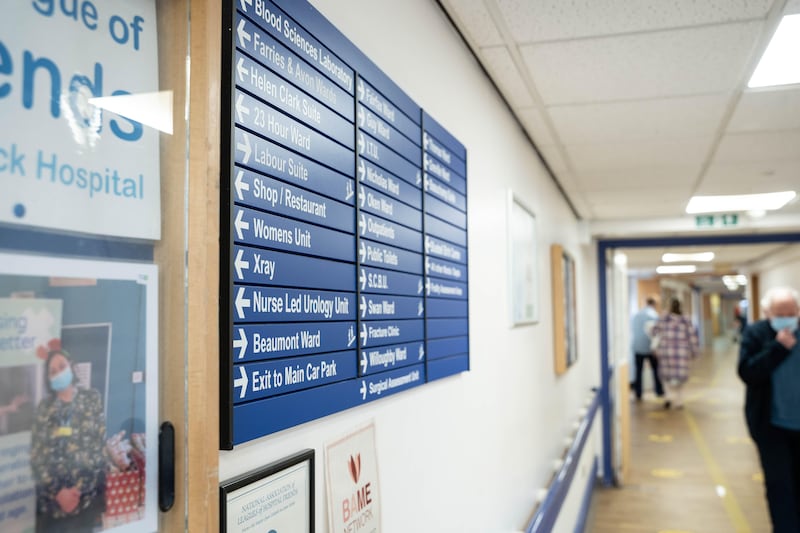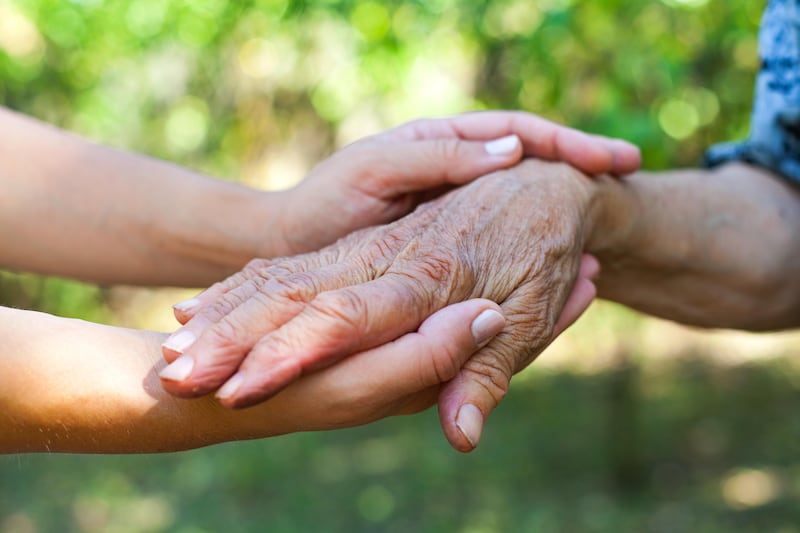AS THE cost of living crisis bites further, a leading doctor has warned that even toothbrushes are becoming a "luxury item" for some families, and children's dental health is a "national disgrace".
Dr Camilla Kingdon, president of the Royal College of Paediatrics and Child Health said it was "a terrible admission of failure" that tooth extraction was the most common reason for a child having a general anaesthetic in the UK, and stressed that the cost-of -living crisis was exacerbating the problem.
Tooth decay is also the leading reason for hospital admissions in England among five to nine-year-olds, and Kingdon told the British Medical Journal: "The state of children's teeth… is actually a national disgrace."
She said the state of children's teeth reflects both their diet and "a family's ability to buy a toothbrush and toothpaste, because when you're struggling to feed your family, that becomes a luxury item.
"It is simple but very visible, alarming evidence of how [the cost-of-living crisis] is impacting children's health."
Between 2019 and 2020 there were over 35,000 tooth extractions under general anaesthetic on children due to dental decay, according to data released by Public Health England, published by NHS Digital.
Karen Coates, an oral health content specialist at the Oral Health Foundation (OHF dentalhealth.org), says: "This is a shocking figure, which can only be reduced by a good diet and an effective dental hygiene routine at home."
So what should parents do to improve their children's dental health? Here are some handy hints:
1. MAKE TOOTHBRUSHING A PRIORITY
Toothbrushing should be part of a child's personal hygiene routine, just like washing their hands, face and body, and washing and brushing their hair, says Coates.
"Skipping this important part of the personal hygiene routine can have huge consequences, not just in the immediate future, but long-term as well."
2. BUY A DECENT TOOTHBRUSH REGULARLY
"It's understandable in the current cost-of-living crisis that savings need to be made in all areas of our lives, but a toothbrush doesn't need to cost a fortune," Coates stresses.
A child's toothbrush should have a head no bigger than 1.5cm, a long neck to reach the back of the mouth and a chunky handle so it's easy to hold, she says, adding that there are some very good toothbrushes available for just over £1.
"A toothbrush will last for three months, therefore for under £5 per year your child can keep their teeth and gums healthy and disease-free."
3. MAKE SURE BRUSHING IS DONE CORRECTLY
Toothbrushing should be supervised until the age of seven, says Coates, and at any age children should always brush for two minutes, twice a day. A fluoride toothpaste should be used, with at least 1000ppm (parts per million) up to the age of three. Over the age of three years, the optimum fluoride level is between 1350-1500ppm fluoride.
"As long as the toothpaste contains the correct level of fluoride for the child's age, you don't need to spend a lot of money on toothpaste," she says, pointing out that there are many own brands that cost around 50p to 60p that will do the job perfectly and will last several months.
4. USE AN ELECTRIC TOOTHBRUSH IF POSSIBLE
If you do want to splurge and spend a bit more on your child's toothbrush, you could invest in an electric toothbrush, says Coates, who points out that research shows brushing with an electric toothbrush is more effective than using a manual brush.
The OHF recommends that electric toothbrushes are rechargeable and have a two-minute timer, ideally broken down into four quadrant 'beeps', a pressure sensor so children can't press too hard, and an oscillating and pulsating head. Coates says electric toothbrushes with all these features can be bought for as little as £16.
5. DON'T LET KIDS BRUSH TEETH IMMEDIATELY AFTER EATING OR DRINKING
Coates stresses that children shouldn't brush their teeth for one hour after eating or drinking. "Therefore, on a busy school morning when you probably don't have an hour to wait after breakfast, it's better for children to brush their teeth before they come down for breakfast," she advises. "Ideally, you shouldn't eat or drink anything for 30 minutes after brushing – this will keep the fluoride in the toothpaste on the teeth for longer."
6. TRY TO LIMIT SWEET TREATS TO AFTER MEALS
Anything sweet should be eaten after a meal, Coates warns, as this gives the saliva in the mouth more chance to neutralise the plaque acids produced when we eat and drink.
"It's these plaque acids that cause dental decay," she explains, "so if your child snacks on sugary foods such as sweets, biscuits, and cereal bars, or drinks acidic drinks like fruit juices, squashes or diet fizzy drinks, their teeth will be under attack for a much longer time."
7. CHOOSE 'SAFE' SNACKS BETWEEN MEALS
Between meals, choose 'safe', non-sugary snacks like breadsticks, rice cakes, crumpets, toast, cheese, nuts and seeds (depending on the child's age), vegetable sticks, and safer drinks like milk and water, Coates advises.
"Try to avoid your child sipping on squashes and fruit juices all day," she warns, "and if they have squash or fruit juice with a meal, dilute it so it's less harmful."
8. BEWARE OF DRIED FRUIT
Dried fruit isn't good for children's teeth, Coates warns. "It's very sticky and will stick into the biting surfaces [fissures] of the teeth. This can lead to dental decay and the need for a filling, or even an extraction it the tooth becomes infected," she says.
9. CHECK LABELS
Parents should check the labels on snacks and food for the sugar content, says Coates, who points out that the higher up the ingredient list the sugar comes, the more sugar it contains. Sugar can also come under different names such as fructose, dextrose, maltose, sucrose, glucose and lactose.
Coates adds: "Also, the 'traffic light' system on foods and drinks can be helpful to see the amount of sugar it contains. Remember, 1 teaspoon is just over 4g, so if a product has 12g of sugar in it, that's equivalent to 3 teaspoons of sugar."
